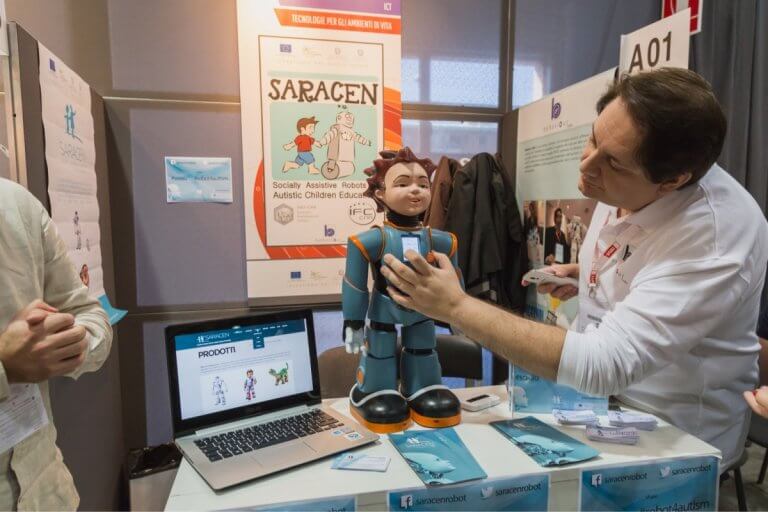
At The Autism Centre, Sheffield Hallam University, Dr Luke Beardon believes we need to move beyond generalisations and bust some of the myths around autism.
According to his excerpt from a TES article and podcast, educational techniques must vary for autistic learners: “You will never get one thing that works for all autistic people. It is all about understanding that the person is autistic, understanding that this means that the majority of the standard ways you teach may not be effective, and then trying to adapt those ways of teaching to an individual autistic need.”
From Beardon’s point of view, flexibility is key to successful lessons with autistic learners, “I go into some schools and they will tell you they know how to support an autistic child as they taught Jane last year who was autistic,” he explains, “at which point I would say that just demonstrates that you do not know what you are talking about as you are assuming that what works for Jane will work for Johnny.”
So, what’s really needed in the current K12 education system? Academic frameworks that are flexible and cater to individual learning needs.
That’s where the Robots4Autism programme comes into play.
Through this innovative scheme, learners with autism spectrum disorders (ASD) improve their social skills and gain the confidence to succeed, academically and socially, through a robot-delivered curriculum.
Meet Milo!
An integral part of the programme, Milo the Robot is sudent-friendly and ready to help learners with ASD practice their social and communication skills.
“Milo never gets frustrated or tired. He consistently delivers lessons in a way that learners with ASD respond to. This recurring positive experience creates an environment in which learners can learn and thrive. Robots4Autism helps learners improve their social and behavioural skills and gain the confidence they need to succeed academically and socially.”
By meeting Milo and conversing with him, pupils with ASD soon learn to:
- Recognise emotions
- Express empathy
- Act more appropriately in social situations
- Self-motivate
Click on the link below to find out all about Milo the robot, what he can do and how he helps children with #autism learn and thrive. https://t.co/U43sFdpboY #milosfriends #autismawareness pic.twitter.com/raC9F8JJ3S
— RoboKind (@robokind) March 23, 2019
The Robots4Autism curriculum
So what does Milo teach ASD learners?
According to the curriculum modules, there are introductory stages, conversational stages, emotional understanding stages, situational stages and calm down stages.
For instance, the introductory module introduces the student to innovative games:
- Milo Game 1: Find It
- Milo Game 2a: Follow The Leader (Milo leads first)
- Milo Game 2b: Follow The Leader (Student leads first)
- Milo Game 3: What Did I Do?
- Milo Game 4:Red Light-Green Light
And the situational module takes students through common events, such as being a host at a birthday party:
- Lesson 1: Introduction To Birthday Party
- Lesson 2: Invitations
- Lesson 3: Birthday Party Schedule – Being A Host
- Lesson 4: The Party Place And Playing At A Birthday Party
- Lesson 5: Receiving Presents From Guests
- Lesson 6a: Eating At A Birthday Party (Social Story)
- Lesson 6b: Birthday Song
- Lesson 7: When Guests Leave
Supported by many success stories and testimonials, educators have the opportunity to Meet Milo before implementing the programme in their schools.
This clinically-tested curriculum supports the number of instruction hours for ASD students, improving the effectiveness of lessons and reducing the cost of 1:1 instruction. This could be the next best assistive machine for ASD learners worldwide.
Blowing my mind! Thanks @robokind pic.twitter.com/ZHFQSKqZlQ
— Marjorie Miller (@Hessler34) March 13, 2019







